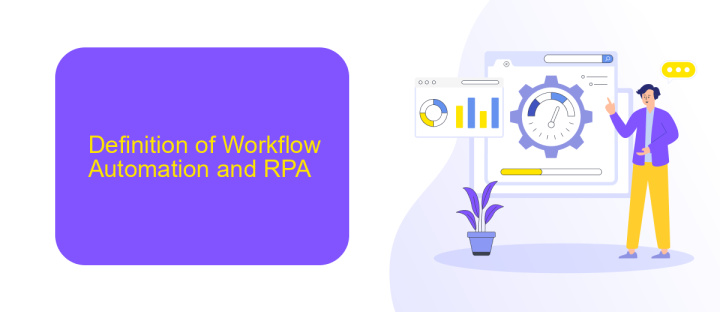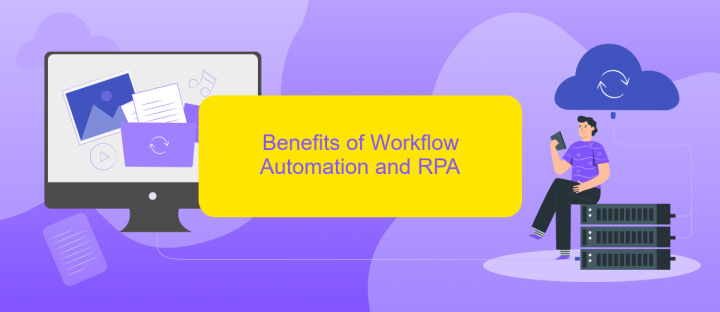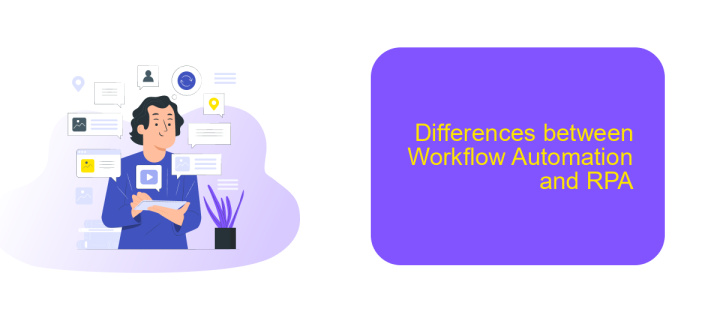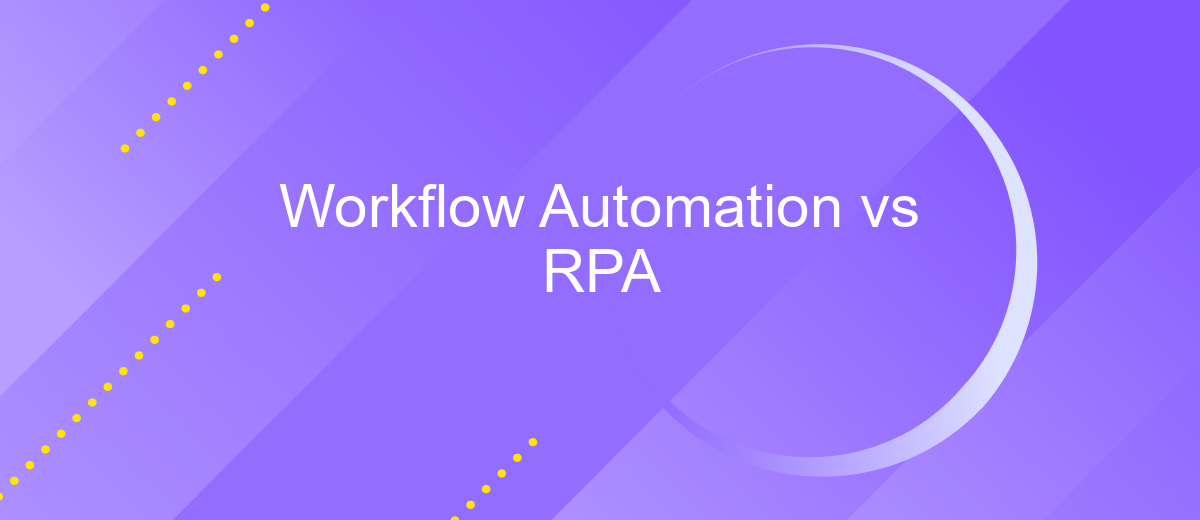Workflow Automation vs RPA
Workflow automation and robotic process automation (RPA) are transforming the way businesses operate by streamlining tasks and enhancing efficiency. While both aim to automate processes, they differ significantly in their approach and application. This article delves into the distinctions between workflow automation and RPA, exploring their unique benefits and how they can be effectively integrated into modern business strategies.
Introduction
Workflow automation and Robotic Process Automation (RPA) are two powerful tools that organizations use to streamline their processes and enhance productivity. While both aim to reduce manual effort and improve efficiency, they differ in their approaches and applications. Understanding these differences is crucial for businesses looking to implement the right solution for their needs.
- Workflow automation focuses on the orchestration of tasks and processes, often involving multiple systems and human interactions.
- RPA, on the other hand, automates repetitive tasks that are usually performed by humans, using software robots or "bots".
- Both technologies can be integrated with various services and platforms to further enhance their capabilities.
For instance, services like ApiX-Drive can facilitate the integration of different systems, making it easier to implement both workflow automation and RPA. By leveraging such tools, businesses can ensure seamless data flow and more efficient operations. As we delve deeper into this topic, we will explore the unique benefits and use cases of each approach.
Definition of Workflow Automation and RPA

Workflow Automation refers to the use of technology to streamline and automate complex business processes. It involves setting up a sequence of tasks that are automatically executed based on predefined rules and conditions. This approach minimizes human intervention, reduces errors, and enhances efficiency. Tools like ApiX-Drive can facilitate workflow automation by integrating various applications and services, allowing seamless data transfer and task management across different platforms.
Robotic Process Automation (RPA), on the other hand, focuses on automating repetitive and rule-based tasks typically performed by humans. RPA utilizes software robots or "bots" to mimic human actions, such as data entry, processing transactions, and managing records. Unlike workflow automation, which aims to optimize entire processes, RPA targets specific tasks within a process. While both technologies aim to improve operational efficiency, they serve different purposes and can often complement each other in a comprehensive automation strategy.
Benefits of Workflow Automation and RPA

Workflow Automation and Robotic Process Automation (RPA) offer significant advantages for businesses aiming to streamline operations and enhance efficiency. By automating repetitive tasks, both technologies free up valuable time for employees to focus on more strategic activities.
- Increased Efficiency: Automation reduces the time required to complete tasks, leading to faster turnaround times.
- Cost Savings: By minimizing manual labor, businesses can significantly reduce operational costs.
- Improved Accuracy: Automated processes are less prone to human error, ensuring higher data integrity.
- Scalability: Both solutions can be easily scaled to meet growing business needs.
- Enhanced Compliance: Automation ensures that processes adhere to regulatory standards, reducing compliance risks.
Additionally, tools like ApiX-Drive facilitate seamless integration of various software applications, further enhancing the benefits of automation. By connecting disparate systems, ApiX-Drive ensures a smooth flow of information, making it easier for businesses to manage and optimize their operations. Overall, Workflow Automation and RPA are powerful solutions that can dramatically improve business performance.
Differences between Workflow Automation and RPA

Workflow Automation and Robotic Process Automation (RPA) are often conflated, but they serve distinct purposes. Workflow Automation focuses on streamlining and automating a sequence of tasks within a business process. It typically involves human intervention and decision-making at various stages. RPA, on the other hand, aims to automate repetitive, rule-based tasks with minimal human involvement.
While Workflow Automation enhances overall process efficiency, RPA targets specific tasks to increase productivity. Workflow Automation often integrates various systems and applications, facilitating smoother transitions between different stages of a process. RPA uses software robots to perform high-volume, repetitive tasks, reducing the need for manual input.
- Workflow Automation integrates multiple systems and requires human intervention.
- RPA automates repetitive tasks with minimal human involvement.
- Workflow Automation enhances process efficiency.
- RPA increases productivity by handling high-volume tasks.
For businesses looking to streamline their processes, tools like ApiX-Drive can be invaluable. ApiX-Drive helps set up integrations between different services, making Workflow Automation more seamless. By leveraging such tools, companies can optimize both their workflow automation and RPA efforts, ensuring a more efficient and productive operation.
Conclusion
In conclusion, both Workflow Automation and Robotic Process Automation (RPA) offer significant advantages for streamlining business operations. Workflow Automation focuses on optimizing the flow of tasks and processes, enhancing overall efficiency and reducing human error. On the other hand, RPA excels in automating repetitive, rule-based tasks, freeing up human resources for more strategic activities. The choice between the two largely depends on the specific needs and goals of an organization.
For businesses looking to integrate multiple applications and services seamlessly, leveraging tools like ApiX-Drive can be particularly beneficial. ApiX-Drive facilitates easy and efficient integration, enabling businesses to automate workflows and processes without extensive technical expertise. By combining the strengths of Workflow Automation and RPA, and utilizing integration services like ApiX-Drive, organizations can achieve a higher level of operational excellence and agility, positioning themselves for sustained growth and success.
- Automate the work of an online store or landing
- Empower through integration
- Don't spend money on programmers and integrators
- Save time by automating routine tasks
FAQ
What is the difference between Workflow Automation and RPA?
When should I use Workflow Automation instead of RPA?
Can Workflow Automation and RPA be used together?
What are the benefits of using Workflow Automation?
How can I implement Workflow Automation in my organization?
Time is the most valuable resource in today's business realities. By eliminating the routine from work processes, you will get more opportunities to implement the most daring plans and ideas. Choose – you can continue to waste time, money and nerves on inefficient solutions, or you can use ApiX-Drive, automating work processes and achieving results with minimal investment of money, effort and human resources.


